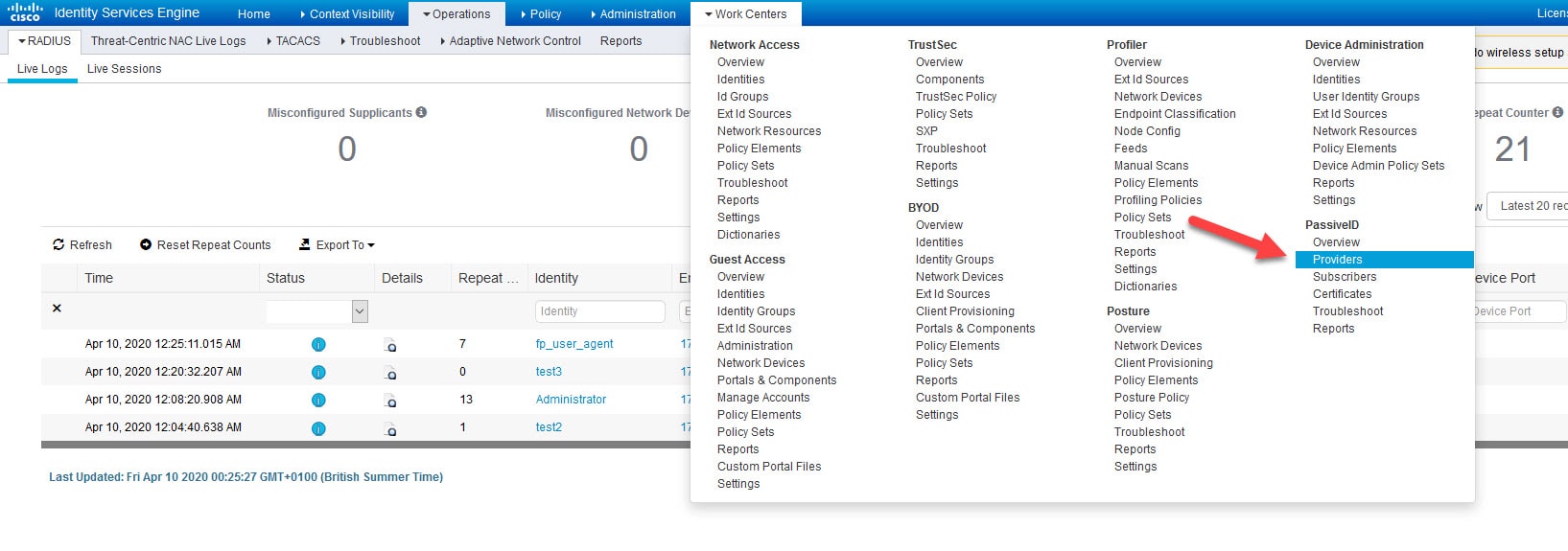
The de-duplication is a very nice and welcome change, but it did leave a few gaps to be addressed. This relates to the step latency that is visible in the Authentication Detail report.


We've even added functionality to TEAP (RFC-7170) to help with that behavior by delivering the list of server certificates to trust down to the supplicant. You may have read my post on why to use Wildcard/WildSAN certificates to alleviate the painful symptom of bad endpoint behavior. Many of you have also heard me rant about endpoint supplicants and how they behave. Wolandįigure 1 - Debug Endpoint Tool De-duplication and anomalous endpoint suppression (1.2+) This is incredibly elegant, and it helps advanced admins and TAC engineers greatly reduce time to resolution when experiencing an issue.

It prevents you from having to enable debug on the components themselves for all endpoints, and it focuses the debug instead. So, if an endpoint is getting profiled in the East-Coast DC and the West-Coast DC at the same time, all of that will still show up in the single, consolidated debug file. The Per Endpoint Debug feature was added in ISE 1.3, and it provides a single debug file for all components (RADIUS, Guest, Profiling, etc.) for a specific endpoint across it's entire session-across the entire deployment! ISE is not just a single product it is a solution with many moving parts, and each of those parts may have different logs that you or TAC may have to sift through. If OP has similar access requirements, ISE would not be a good source for the Palo's to verify user-id to IP mappings.This is one of my favorite serviceability features that added, and arguable one of the most usable. Our one caveat is that we have access to servers that do not use dot1x, so it's possible for a user-id to exist on multiple servers simultaneously with some not participating in dot1x. We are using this same type of separation between Authentication and Authorization with great success. Since we are specifically using AD Groups in the Service Policies for Authorization and not Authentication, this might be a good option.
#Cisco ise 2.4 passive identity windows
I would add that Palo does offer a stand alone application that runs on a domain joined server and can keep track of user-id to IP mappings through the windows domain.

Maybe the difference is I'm talking about using User Groups as a Role Based Access Control which isn't Security log based? If the dot1x solution relies on user credititials authenticating against AD, isn't that technically doing exactly what you are talking about? I'd like to understand your answer better.


 0 kommentar(er)
0 kommentar(er)
